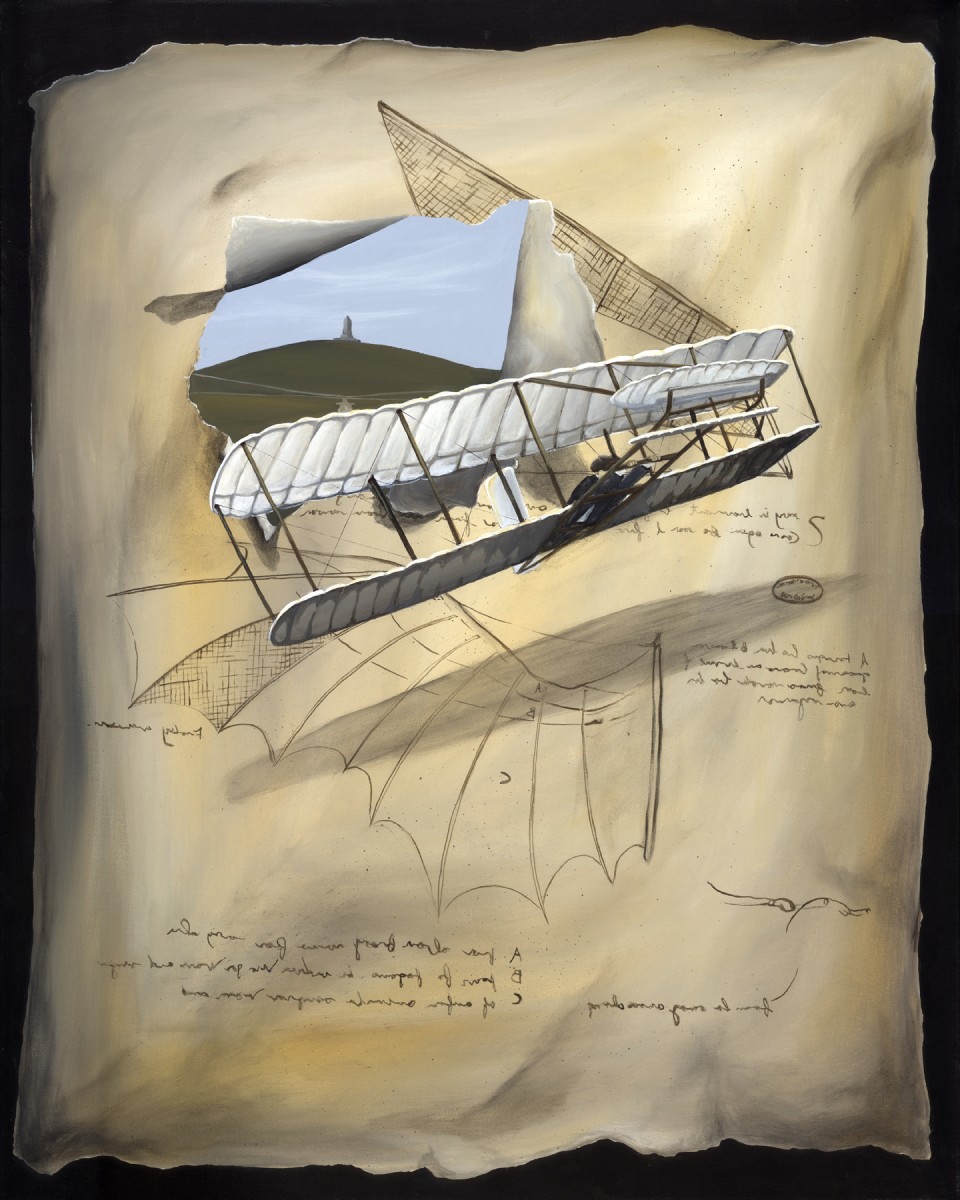
Angle of Incidence – The angle at which an airfoil is normally fixed in relation to the longitudinal axis of an aircraft.
The most interesting thing about heading to North Carolina from Maryland is driving the Chesapeake Bay Bridge-Tunnel. Drivers must be willing to pass through a sliver of Virginia, but most importantly, they need to be comfortable with water. The Chesapeake Bay Bridge-Tunnel is a twenty-mile long road that crosses the Chesapeake Bay and takes drivers through: twelve miles of low-level trestle, two high-level bridges, two one-mile-long tunnels, and four manmade islands. Being someone with an enormous fear of drowning, I can only hope it is extremely well constructed! When we pay the toll, the attendant hands us a coupon for a free soda at the restaurant/gift shop that is on the south side of the
bridge. By this point, I am feeling slightly more trusting, and step out of the car to enjoy the view. The sun is low in the pink sky, and I look back at where the tunnels are located. It is strange to see the bridge dive into the water, leaving gaps for boats to pass over traffic.
We reach the Outer Banks, and this area of North Carolina is all about “the first flight.” At a welcome center, we notice a sign that sits above a buried time capsule. Instructions are that the capsule be dug up in 2103, the 200th anniversary of the Wright Brother’s flight. Further down the road, we make it to the actual Wright Brother’s National Memorial. A video illustrates the making of the 1902 and 1903 flyers, and there is a life size replica in the room. The memorial itself sits on the sand dune that the Wright Brothers used for take off. They have covered the dune in grass to prevent erosion, and placed a tall cement marker at the top. It turns out that there was some controversy about the first airplane; because the Wrights commonly used a launching rail and catapult for take off. This caused many to question the self-sufficiency of their aircraft. We walk further down the path and find this launching rail near the old camp.
I further learn that the Wright Brothers were very secretive about their design until receipt of a patent, because they didn’t want their ideas stolen. This concern made it so the brothers refused to fly in public for a while. Competition for inventing the first airplane makes me think of Icarus, da Vinci and beyond. So many men have been obsessed with achieving a feat that we often take for granted. For example, in 1485 Leonardo da Vinci drew detailed plans for a human-powered ornithopter (a winged flapping device for flying). He may have been the first European interested in a practical solution to flight, and wrote the treatise titled Codex on the Flight of Birds, which addressed scientific observations in regards to the subject. The modern day helicopter is based on these designs, but he is not credited for flying.
After some time of pondering life without the Boeing 737, we drive onto the beach in Cape Hatteras, and explore beautiful lighthouses. Then, we visit Fort Raleigh, site of “The Lost Colony.” This is also the birthplace of Virginia Dare, who many believe was the first English baby born in the New World. No one knows how the colony vanished, and the only clue found was the word “Croatoan” carved into a tree. From here, we visit family in Charlotte and Sylva. Three years ago, we were married in Highlands, NC, so we celebrate this anniversary by visiting On the Veranda, the restaurant that served us dinner on our wedding night.
